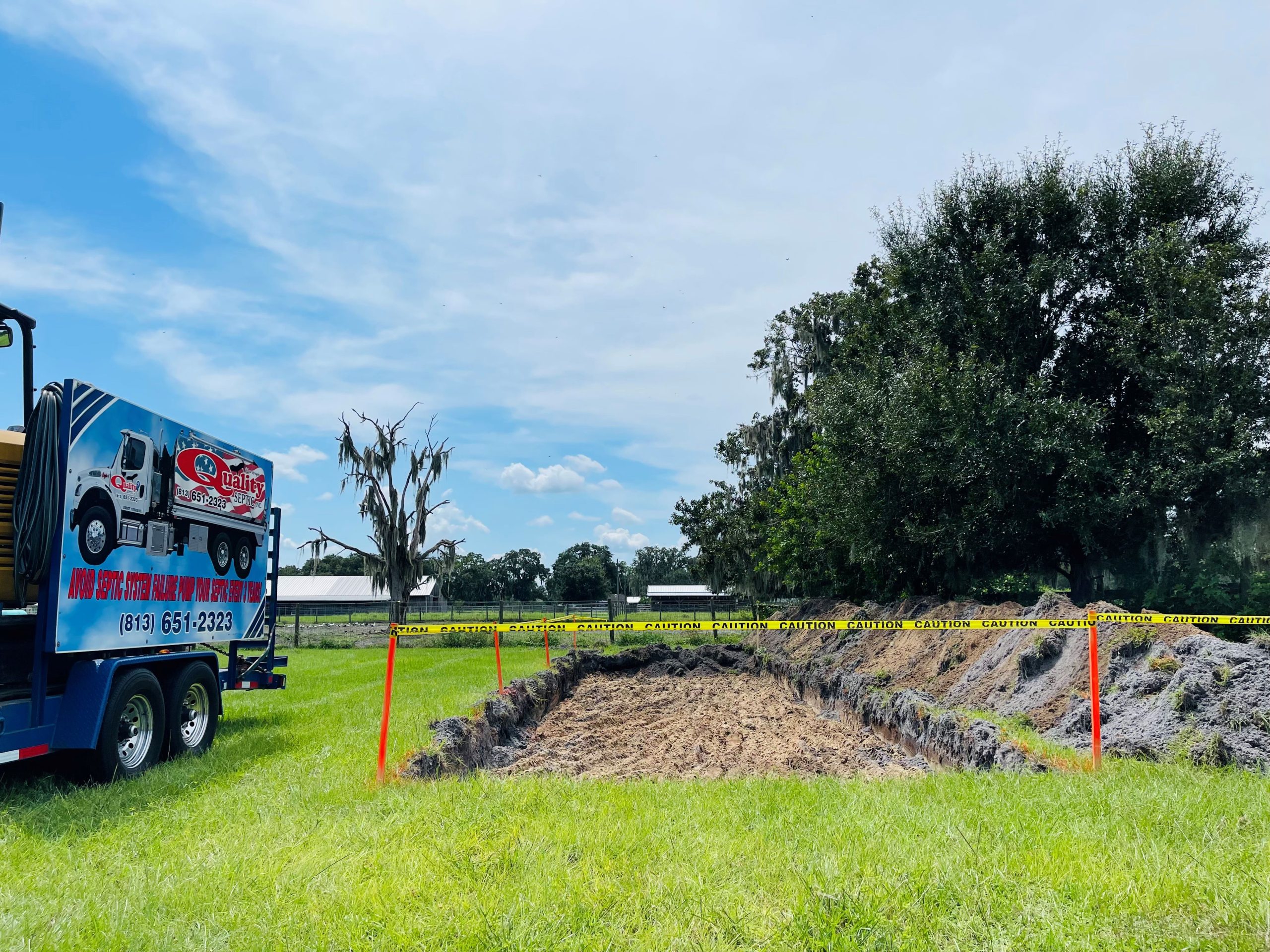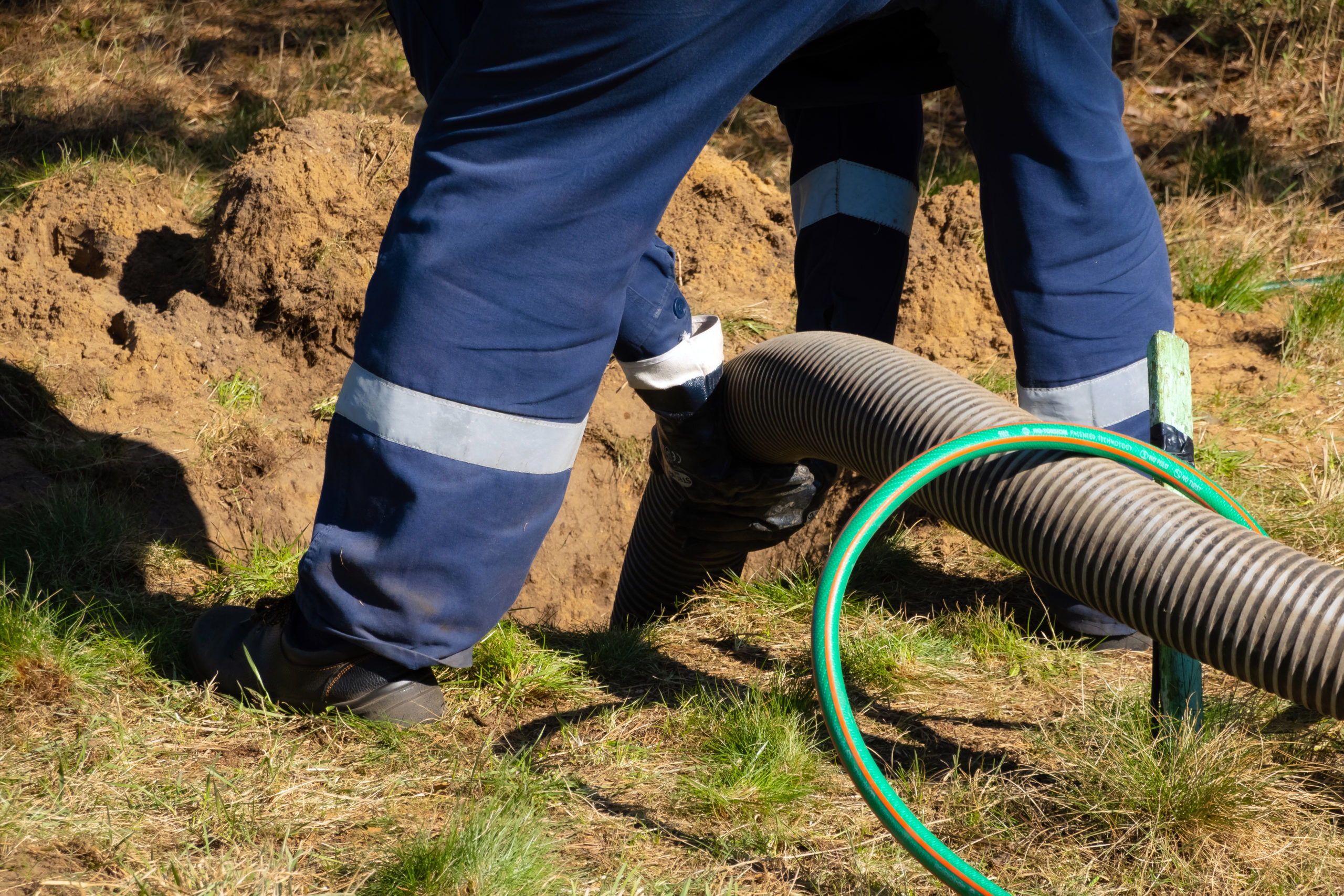Stillwell Septic And Grading for Dummies
Stillwell Septic And Grading for Dummies
Blog Article
See This Report about Stillwell Septic And Grading
Table of ContentsThe Basic Principles Of Stillwell Septic And Grading See This Report on Stillwell Septic And GradingStillwell Septic And Grading Fundamentals ExplainedA Biased View of Stillwell Septic And GradingThe Only Guide for Stillwell Septic And GradingStillwell Septic And Grading - The FactsSome Ideas on Stillwell Septic And Grading You Should Know

Homeowners need to also inform themselves on the basics of septic systems to ensure they make educated decisions throughout the installment process - Septic Installers. Septic tanks are an important part of several homes that are not connected to a metropolitan sewer system. They are developed to deal with and throw away house wastewater on-site
The septic container is a large, below ground container made of concrete, fiberglass, or plastic. The container divides the solid waste from the fluid waste.
Top Guidelines Of Stillwell Septic And Grading
It is likewise essential to conserve water and prevent overwhelming the system. Straightforward measures such as taking care of leaky taps and commodes, setting up low-flow showerheads and toilets, and spreading out washing loads can help minimize water use and prolong the life of the septic system.
The topography of the website is likewise examined to ensure that the septic system is set up at the proper elevation. https://stillwellsag.creator-spring.com. The system should be set up at a higher elevation than the bordering location to avoid contamination of the surrounding atmosphere. Troubles are the minimal ranges required by regulation between the septic tank and various other frameworks or features such as wells, structures, and home lines
The elevations will make sure that the septic system works appropriately, and wastewater is successfully dealt with. It makes sure that the septic system is mounted in the most ideal location, taking into consideration the soil, topography, and problems.
Fascination About Stillwell Septic And Grading
Before installing a septic system, property owners require to get licenses and abide by laws. The laws vary depending upon the state, area, and district. It is vital to inspect with the neighborhood health and wellness division or building department to make certain conformity. Several of the authorizations and policies that property owners require to take into consideration consist of:: Property owners need to obtain an authorization from the regional health department or structure division prior to setting up a septic system.
Some communities might require a minimal whole lot dimension for septic system installation.: Homeowners require to comply with environmental policies when mounting a these details septic system. https://hub.docker.com/u/stillwellsag. As an example, some states may call for an environmental effect evaluation prior to installing a septic system.: Homeowners need to abide by building policies when mounting a septic tank.
Things about Stillwell Septic And Grading
As an example, some communities might call for routine inspections and pumping of the sewage-disposal tank. Non-compliance with licenses and laws can cause fines, fines, and even legal action. Therefore, it is essential for homeowners to obtain permits and follow policies prior to setting up a septic system. When it comes to choosing a septic system, property owners have a couple of choices to take into consideration.
One of the most important elements to think about when picking a septic container is the dimension. A septic tank that is also little for the home's needs will certainly call for even more constant pumping, while a tank that is too large can cause too much water buildup and potential system failing. A general general rule is that the tank must be able to hold a minimum of 2 days' worth of wastewater.
About Stillwell Septic And Grading

It's additionally essential to take into consideration the type of system the septic container will be used with. There are 2 primary types of septic systems: gravity and pressure.
The 3-Minute Rule for Stillwell Septic And Grading
In general, selecting the appropriate septic storage tank for a home is a crucial decision that calls for cautious consideration. Prior to setting up a septic tank, property owners should take particular actions to prepare for the installation procedure.
Right here are some vital precaution to comply with: Put on safety equipment: Home owners need to use protective gear, such as handwear covers, boots, and helmets, to avoid injury during the installment procedure. Prevent electrical lines: Property owners need to stay clear of digging near electrical lines to avoid electrocution. Use caution when operating hefty equipment: Property owners should utilize caution when operating hefty machinery to stop crashes and injuries.
7 Simple Techniques For Stillwell Septic And Grading
By following these crucial actions, homeowners can make sure a successful sewage-disposal tank setup procedure. Septic tank installation is an important procedure that needs mindful planning and implementation. Property owners that are mounting a septic system for the very first time need to know the essential steps involved in the process to guarantee that their septic system works effectively and successfully.

Report this page